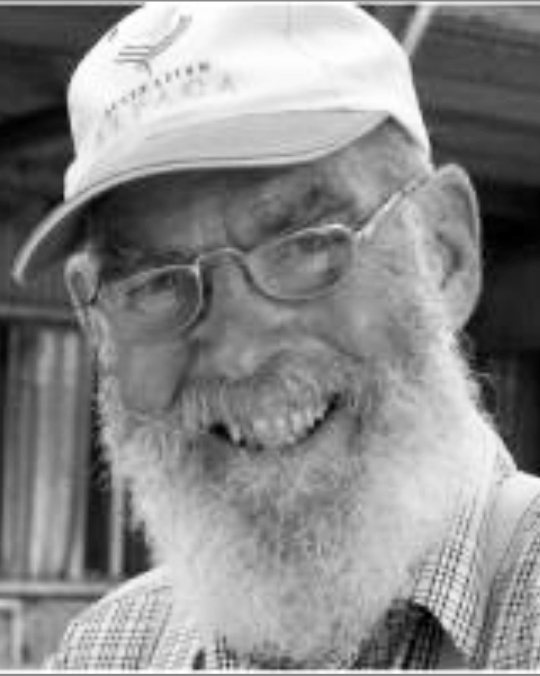
Richard [“Dick”] Thomson Dixon was born in Wau, Papua New Guinea and grew up in Sydney, Australia. He graduated from the Faculty of Veterinary Science at the University of Sydney in 1959.
After graduation he joined the Faculty as a “house surgeon” under Professor L.H. “Len” Larsen and in 1961 married Judith Frost. At that time radiography was done by the veterinarians employed at the veterinary teaching hospital, until the hospital employed a human radiographer who filled many roles, including radiography. Although employed as a surgeon, Richard was interested in radiology, and his Master’s thesis, submitted in 1964 titled “A radiographic, clinical and biochemical survey of bony dystrophies in the Sydney metropolitan area,” signaled the future direction of his clinical interests.
In 1960, there were few opportunities for training in veterinary radiology. Australian veterinary schools usually employed home-grown veterinarians with an interest in radiology, or a sole radiologist, most likely to have been trained in the UK. Richard’s mentor, Len Larsen, had trained as a surgeon at Colorado State University, and Richard’s application to train as a radiologist was accepted by William D. Carlson at CSU. In 1964 he and Judith moved to Colorado, under a scholarship from the Victorian Racing Club, to enable him to complete a formal residency in radiology. As an Australian moving to Colorado at that time Richard may have been disappointed to find that Fort Collins was a “dry” town, but he was well placed, as the staff and students stashed their beer in the wash water tank in the darkroom! His training ended successfully in 1965 and became a Diplomate of the College, along with Drs. John Alexander, Ed Gillette, Charles Reid, E.A. Corley, and Ellis Hall. During his time at CSU, he completed an MS, his thesis, submitted in November 1965 was titled “Some Effects of Co60 Gamma Irradiation on the Equine Carpus.”
After completing his time at Colorado, he returned to Australia to a position in the radiology department at the University of Melbourne. He retained this position for 2 years, and then resumed his position at the University of Sydney.
In 1971 he went to Iowa State University for 1 year as a visiting professor before returning to the University of Sydney. At that time radiology was a section of the surgery department, so Richard’s duties involved both surgery and radiology. He pursued his interest in both radiology and brachytherapy, and became well known in Australia in both fields. He was the first veterinarian in Australia to practice brachytherapy on animals.
Richard was passionate about all aspects of his specialty, but one area that stood out was orthopedic disorders of juvenile animals, including hip dysplasia. He actively promoted hip dysplasia control in Australia and introduced the “luxoid” projection to assess the coxofemoral joints for laxity. His perspective on joint laxity predated the more sophisticated PennHIP technique by two decades.
After 15 years as an academic radiologist, Richard removed himself to private practice, which he practiced in Sydney and throughout New South Wales for the next 22 years. He had a large and thriving practice, which owed a lot to his ever pleasant and helpful persona and his obvious skills as a radiologist and brachytherapist.
He continued to practice as a radiologist after his formal retirement in 1997, but his main interest outside of his family was breeding alpacas. He and Judith built an alpaca stud farm, starting modestly with three animals but which grew to a herd at Berridale, in southern New South Wales. He became extremely knowledgeable about alpaca health, nutrition, and husbandry, and was an active member of the Australian Alpaca Association. When Johnes Disease infected Alpacas in Australia, Richard was instrumental in creating a rigorous monitoring program that contained the outbreak. In his eulogy to Richard, Ian Davison, the President of the Australian Alpaca Association wrote, “Richard’s profile in the industry was underwritten by his commitment to educating growers in articles, lectures and presentations throughout this period, when he effectively took on the mantle of The Master of alpaca health.” He was sought after by alpaca breeders and veterinarians throughout Australia for advice on nutritional and husbandry issues unique to the breed.
Richard was a valued member of his community at Berridale, especially to the Anglican Church and its parish council, of which Judith and he were pillars. He is missed by his wife Judith, their children and extended family, the veterinary profession in Australia and the Camelid community in Australia.
Graeme Allan
Veterinary Radiology & Ultrasound 2009 50 (1), 130.